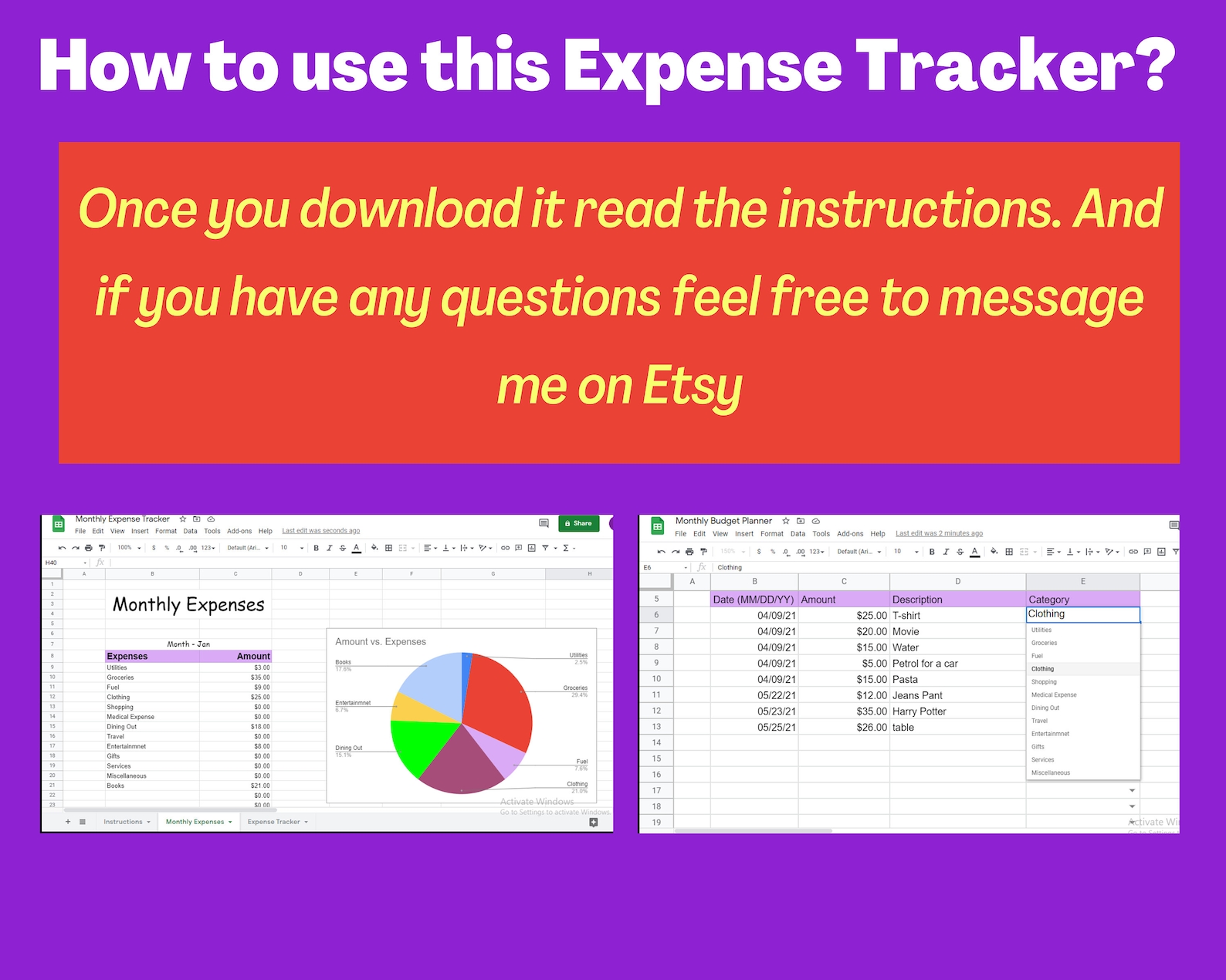
Select RESPONSES from the top of your form and then click the spreadsheet icon to rename the spreadsheet (if you want). Set Up CalculationsĮvery entry from your form is gathered in a nicely formatted spreadsheet at Google Sheets. A colorful form might make tracking expenses fun, if that’s at all possible! The paint icon at the top of the page is where you go for those changes. This isn’t necessary, but your form can also include images, headings, and a unique color scheme. You can share this with anyone you want to use the form with, or send it to yourself so that it’s easily accessible from your phone.
Rename your form to something recognizable.You’ll learn that editing the form is extremely easy, so you shouldn’t have any problem customizing it for yourself. We’re using broad questions with even broader answer options to show how this works. This is a sample expense tracker, so yours, by no means, needs to look exactly like this one. So, if you do want a really specific field for something, just make it not required so that you don’t have to use it for every transaction. On that note, you can make any of the fields in your expense tracker form required or not required. You don’t necessarily need a field that asks what kind of food you’re buying, for example, unless this is solely a food expense tracker you might want to also use this for recording rent payment and phone bills. When deciding what to include in a Google Forms expense tracker, keep in mind that you want the fields to be as broad as possible so that they can apply to anything you’re purchasing.

Notes: Any extra notes you need to make?.Who ran the expense: If there are multiple people using the form.Payment method used: How are you paying for it (which card/bank/app)?.

Category: What type of purchase is it (entertainment, food, bill, etc.)?.Description: What are you spending money on?.Store: Where are you spending the money?.Here are some examples of what you might want to track:


 0 kommentar(er)
0 kommentar(er)
